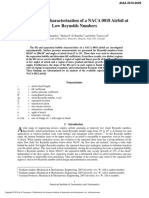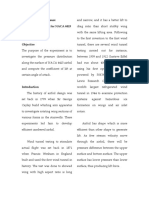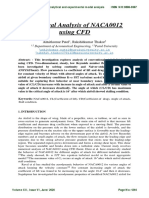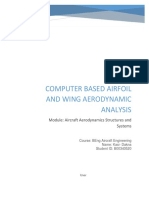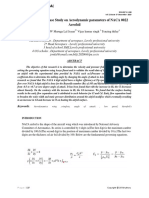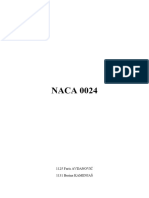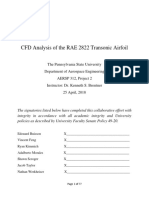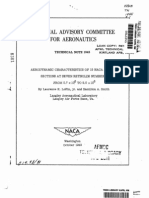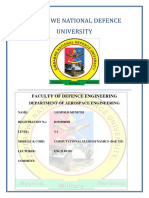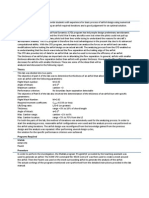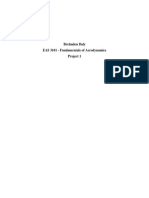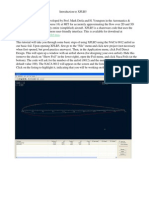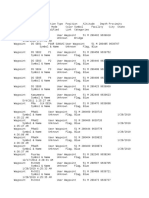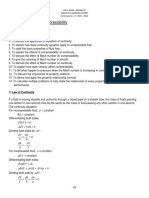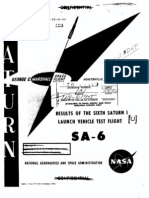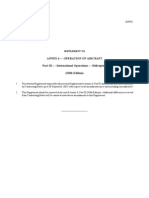0% found this document useful (0 votes)
79 views5 pagesPes University: Ring Road Campus, Bengaluru
The document analyzes and compares the aerodynamic properties of three different airfoil profiles - N-22, NACA-0014, and NACA-0005 - through graphs of lift and drag coefficients at varying angles of attack and Reynolds numbers, and concludes that N-22 is best suited for trainer aircraft wings, NACA-0014 for aerobatic planes requiring maneuverability, and NACA-0005 for vertical and horizontal stabilizers due to its thin, symmetrical shape.
Uploaded by
Shubhanga AmardeepCopyright
© © All Rights Reserved
We take content rights seriously. If you suspect this is your content, claim it here.
Available Formats
Download as DOCX, PDF, TXT or read online on Scribd
0% found this document useful (0 votes)
79 views5 pagesPes University: Ring Road Campus, Bengaluru
The document analyzes and compares the aerodynamic properties of three different airfoil profiles - N-22, NACA-0014, and NACA-0005 - through graphs of lift and drag coefficients at varying angles of attack and Reynolds numbers, and concludes that N-22 is best suited for trainer aircraft wings, NACA-0014 for aerobatic planes requiring maneuverability, and NACA-0005 for vertical and horizontal stabilizers due to its thin, symmetrical shape.
Uploaded by
Shubhanga AmardeepCopyright
© © All Rights Reserved
We take content rights seriously. If you suspect this is your content, claim it here.
Available Formats
Download as DOCX, PDF, TXT or read online on Scribd
/ 5




